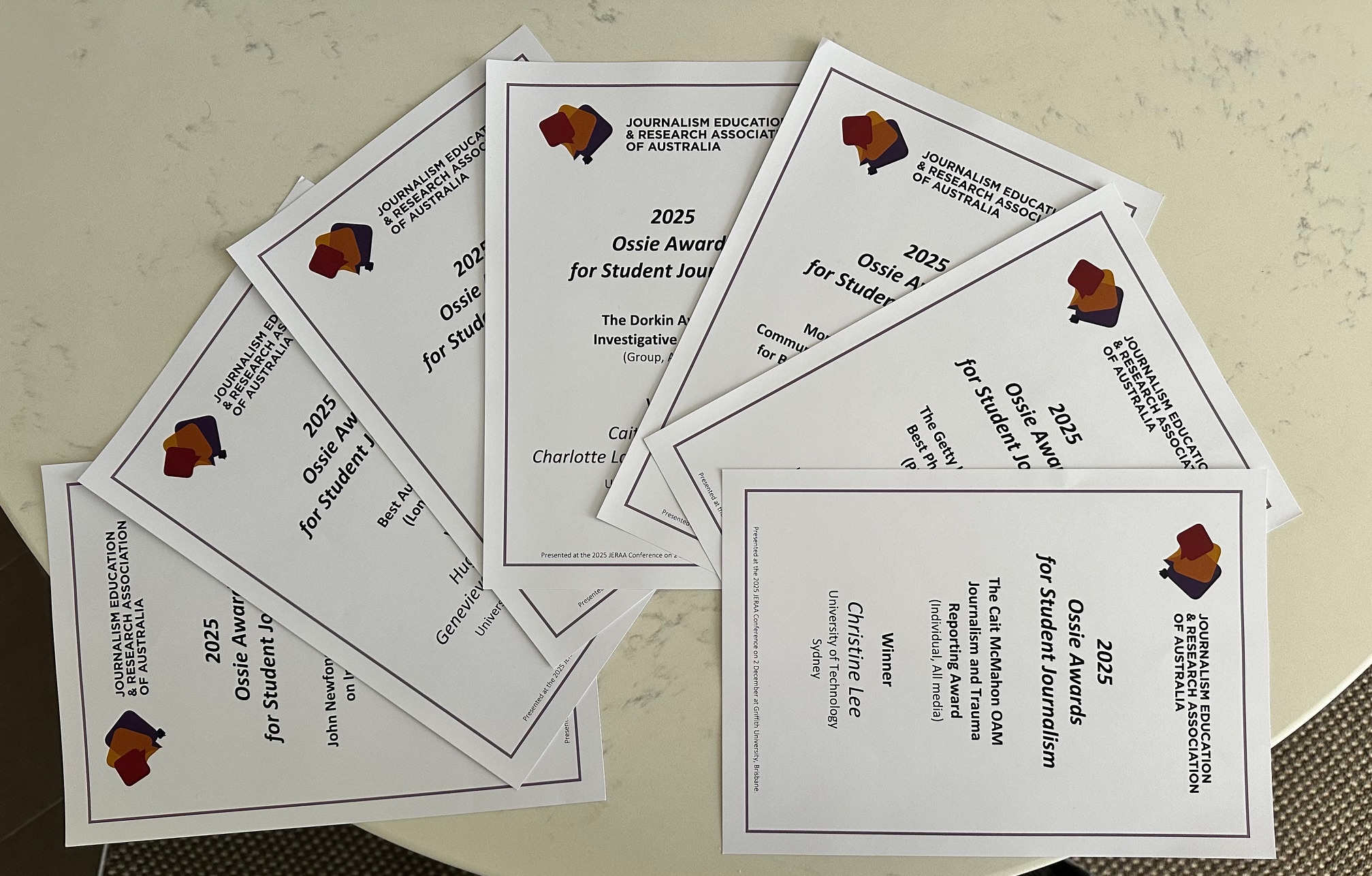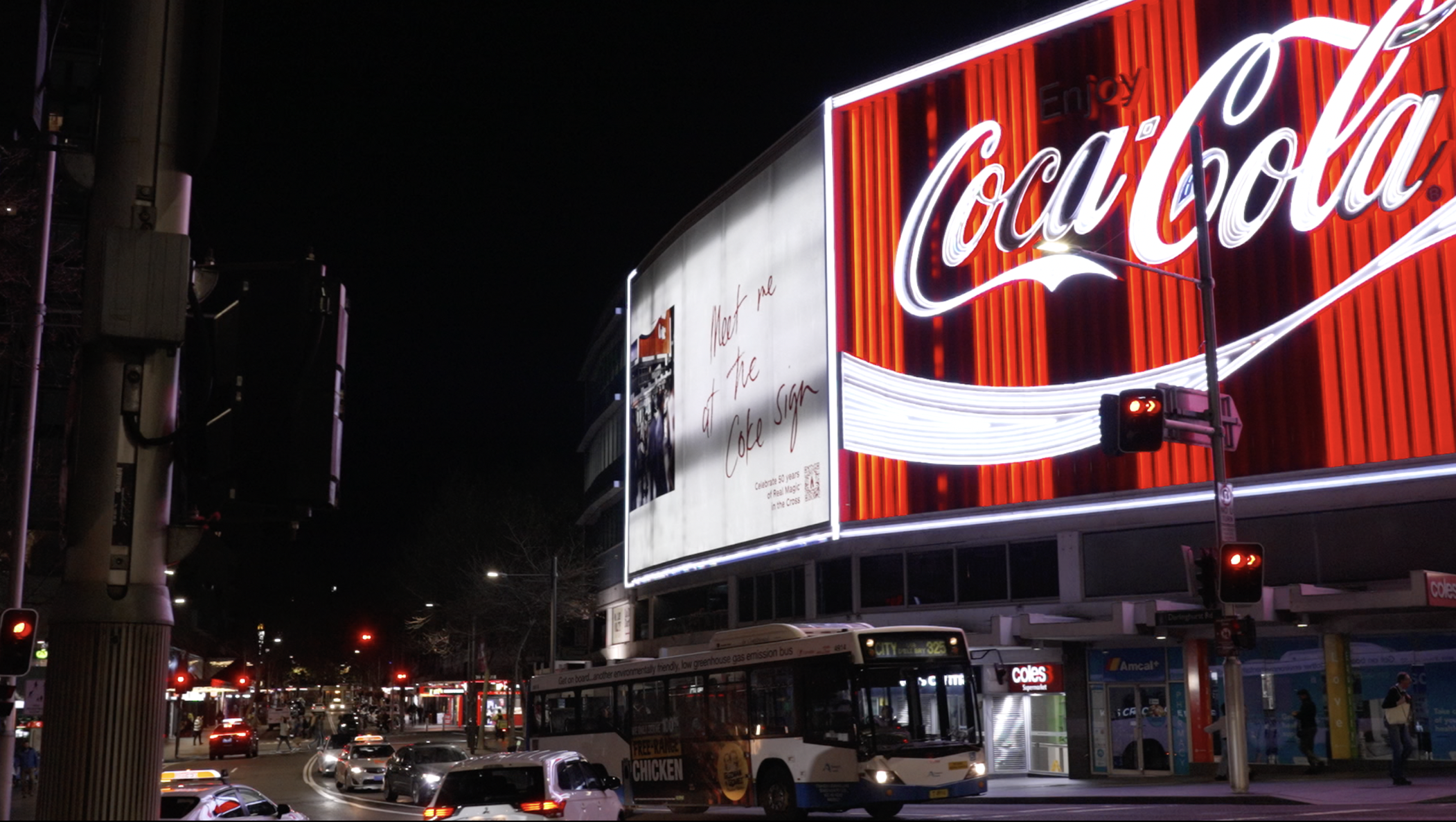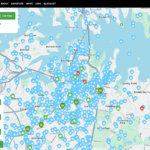From the French to German film festivals earlier this year to the Spanish film festival hitting Palace cinemas next month, there’s no shortage of international films for Australians to watch.
While cultural film festivals are one way to engage with international content, our Netflix watching habits reveal Australians are also engaging with international content more than ever before.
This year, TV shows in languages other than English account for 15.24 per cent of Australia’s 10 most popular Netflix shows, which is the highest percentage on record.
The Danish show Secrets We Keep and Hindi shows The Royal and Heeramandi: The Diamond Bazaar were all TV shows that ranked in the nation’s Netflix top 10 this month.
Frederic Alliod, CEO of Alliance Française French Film Festival, said the influence of Hollywood fatigue and the overproduction of superhero franchises has contributed to Australians seeking out more international content.

Frederic Alliod is in charge of programming the festival and curated 42 of France’s best films for the Alliance Française French Film Festival this year. Image supplied.
“It’s not a criticism, it’s just, at some point it was lacking diversity, and this is where people started to look at something else, which they could find with international cinema,” Alliod said.
Alliod added that the COVID-19 pandemic also accelerated an interest in foreign films and TV shows because Australians were increasingly accessing content through streaming services, which exposed them to a wider range of content.
“People were looking at video on demand platforms, Netflix, Stan and SBS,” he said.
“They got used to watching international content from Japan, Korea, Spain [and] Germany.”
Korean, Spanish, Japanese and German are the four most popular original languages for TV shows in Australia’s weekly top 10 since 2022.
While international content is being increasingly watched on streaming services, there is a similar pattern of increased interest in the Alliance Française French Film Festival, which screened in 20 cities nationwide throughout March and April.
The festival had its highest attendance on record this year, with nearly 199,000 people attending to watch a French film.
It’s an additional 10,560 people than last year, and it continues the festival’s growing attendance numbers, which have increased since 2022 after a drop during the COVID-19 pandemic.
Despite being on the other side of the world, Alliod said French film still has a lot to offer Australian audiences.
“We have a lot of diversity. We have a strong industry, so we have films with an international potential and good production value,” Alliod said.
French cinema is a prominent international industry. France is where the earliest films began and as of 2022, they produce just under 300 films per year.
Sophie Tallis, a PhD candidate in screen studies and a casual academic at the Australian National University, is studying French film for her thesis and is familiar with the power of film to facilitate exploring other cultures.
“French film has such a reputation. It’s such a kind of monolith, like it’s almost a genre unto itself … if you are a film fan, engaging with French film kind of feels quite natural,” Tallis said.

Ms Tallis helps organise panel events where ANU academics discuss contemporary film themes. Image supplied by Sophie Tallis.
The French Film Festival is one of many cultural film festivals hosted by Palace Cinemas, which Tallis said makes it “really easy” for people to attend.
“Australians do love to go to the cinema and engage with culture in different ways … you get to experience a full festival that’s really accessible. It’s just sort of at your local cinema,” she said.
“As someone who studies French film, it’s so great to see such a wide engagement … the fact that the festival keeps getting bigger and bigger is just testament to the fact that people want to engage and that is so wonderful to see.”
The festival continues to grow in both attendance and locations, with five new locations added to the program this year.
Screenings took place in Darwin, Ballina, Ballarat, Warriewood and Warrawong for the first time, reaching new audiences in city and regional areas.
Dr Mark Tutton, senior lecturer in French at the University of Technology Sydney, attended the festival and said French films explore themes that Australians can relate to.
“The themes are so human … they’re resolutely those core human themes of romantic relationships and family and the human experience … and that talks to everyone.”
He added; “Australia historically is very ‘Frenchified’. In terms of our foreign language preference, French was always the default language in high schools to be learnt.”

Dr Mark Tutton visited the Alliance Française festival in Sydney and believes France has had a huge worldwide influence on film. Image taken by Jessica O’Bryan.
While the festival allows audiences to engage with French culture through film, Tallis believes it is only a “starting point” and it’s important to engage with international cultures year-round.
“[The festival is] only five weeks of the year, which is a lot, but it’s also not that much,” she said.
Tallis said streaming services, such as SBS On Demand, are great ways to engage in international content beyond the cultural festivals.
“[SBS On Demand] is such an awesome resource … so thinking about, when you sit down to watch a movie, maybe you want to watch something that isn’t from a sort of Anglosphere of production.”
“[It’s] a way of engaging with multiculturalism and different places.”
Main image taken from ‘Being Maria’. Image supplied.




























